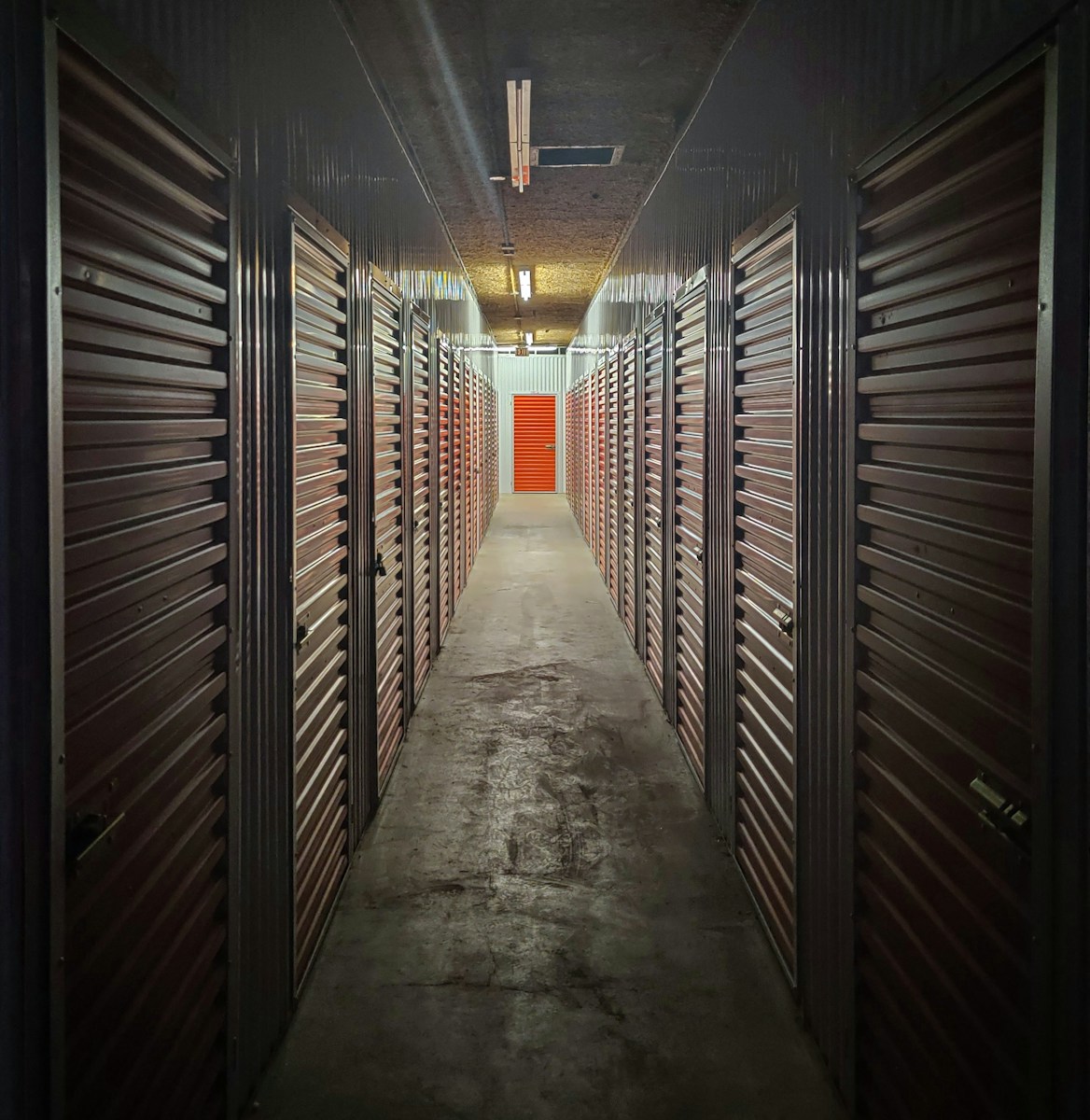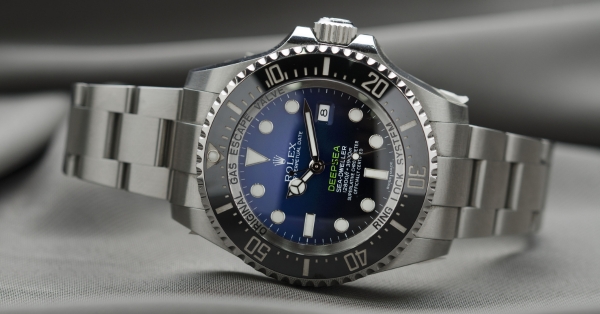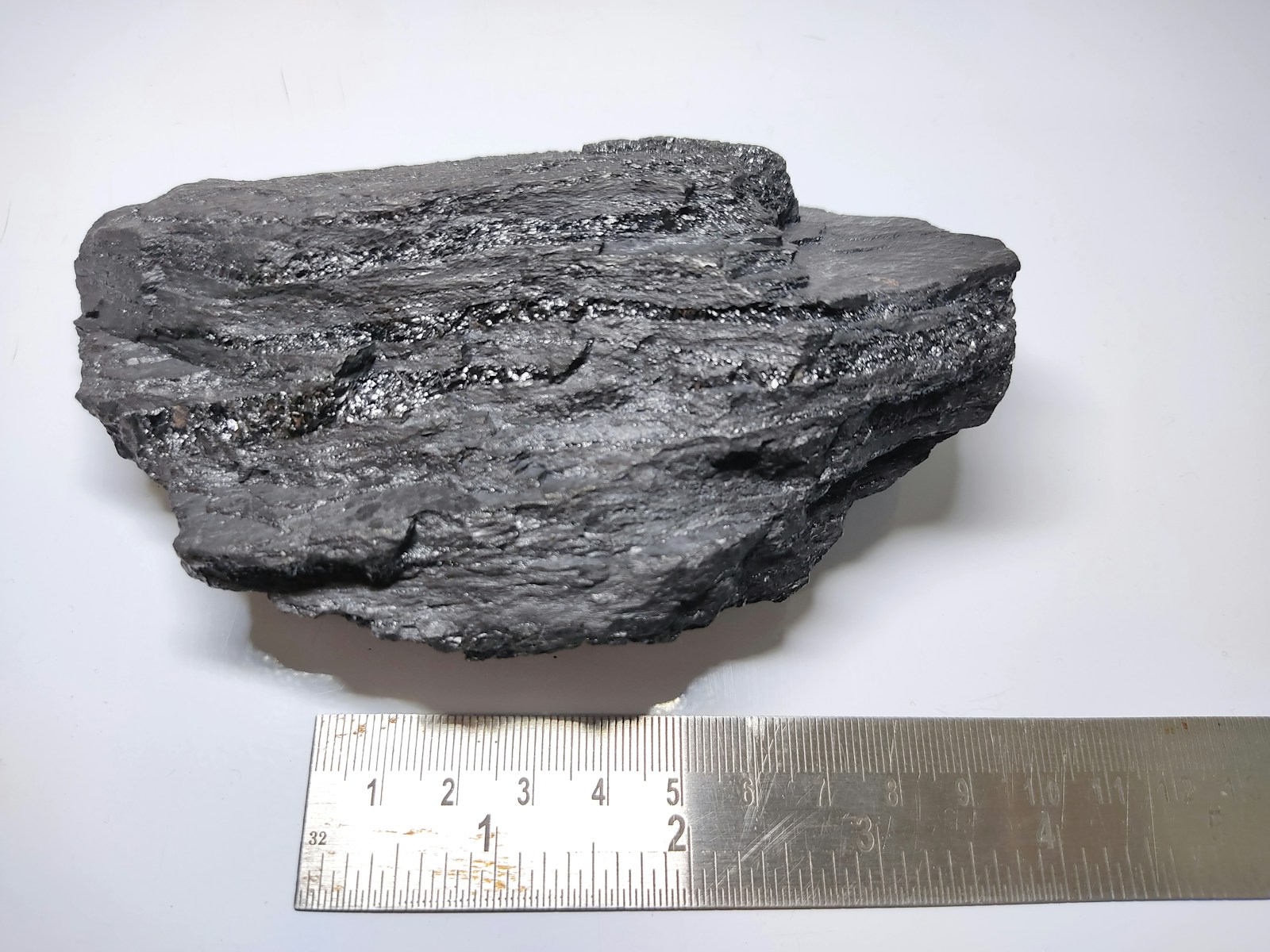Choosing a secure storage facility is crucial for ensuring that your belongings are safe and protected. Whether it’s personal storage, business storage, or valuable possessions, understanding what to look for in a secure storage facility can help you make an informed decision. Here’s a guide to the essential features and considerations to ensure you select a facility that offers top-notch security.
1. Robust Physical Security Measures
Access Control
A secure storage facility should have strict access controls to prevent unauthorized entry. Look for facilities that use electronic gate access systems, where each tenant has a personalized code or keycard. This system helps track who enters and exits the facility.
Surveillance Systems
High-quality surveillance is a key component of a secure facility. Ensure the facility is equipped with:
24/7 CCTV Cameras: Cameras should cover all entry points, hallways, and the perimeter of the property.
High-Definition Recording: Video footage should be clear and stored for a reasonable period, allowing for effective monitoring and investigation if needed.
On-Site Security Personnel
Facilities with on-site security personnel provide an extra layer of protection. Security guards can monitor the premises, respond quickly to incidents, and ensure compliance with facility rules.
2. Secure Unit Features
Strong Construction
Storage units should be constructed with durable materials to resist tampering and break-ins. Look for units with solid, well-maintained walls and doors made of heavy-duty materials like steel.
Individual Alarms
Some storage facilities offer individual alarms for each unit. These alarms can alert you or facility management if there is unauthorized access to your specific unit, adding an extra layer of security.
Lock Systems
While most facilities allow you to use your own lock, some provide high-security locks as part of the rental. Ensure that the lock used is resistant to common tampering techniques.
3. Perimeter Security
Fencing
A secure storage facility should have a robust perimeter fence that is tall, difficult to climb, and in good condition. Look for facilities with well-maintained fencing that surrounds the entire property.
Lighting
Proper lighting around the facility, especially in less visible areas such as corners and entrances, can deter potential criminals. Ensure that the facility has adequate lighting that illuminates pathways and storage areas at night.
4. Emergency Preparedness
Fire Protection
Check if the facility has fire suppression systems in place, such as sprinklers or fire alarms. Facilities should also have fire extinguishers readily available and conduct regular fire drills to ensure preparedness.
Weather Protection
For facilities in areas prone to severe weather, verify that the facility has measures in place to protect against flooding, storms, and other natural disasters. This includes proper drainage, weatherproofing, and reinforced structures.
5. Tenant Insurance Options
Insurance Coverage
Many storage facilities offer insurance options to protect your belongings in case of loss or damage. If the facility does not offer insurance, check with your own insurance provider to ensure your stored items are covered under your existing policy.
Documentation
Ensure that any insurance coverage provided is clearly documented and understand what is covered. It’s important to know the limits and exclusions of the policy to avoid surprises.
6. Reputation and Reviews
Facility Reputation
Research the reputation of the storage facility by checking online reviews and asking for recommendations from friends or family. Positive reviews and a strong reputation often indicate a reliable and secure facility.
Facility Visits
Whenever possible, visit the facility in person to assess security measures firsthand. Speak with facility staff about their security protocols and any concerns you might have. A reputable facility should be transparent and willing to answer your questions.
Conclusion
Selecting a secure storage facility involves evaluating various factors to ensure the safety and protection of your belongings. Look for robust physical security measures, secure unit features, effective perimeter security, emergency preparedness, insurance options, and a strong reputation. By carefully considering these aspects, you can make an informed choice and have peace of mind knowing that your possessions are in a secure and well-protected environment.








